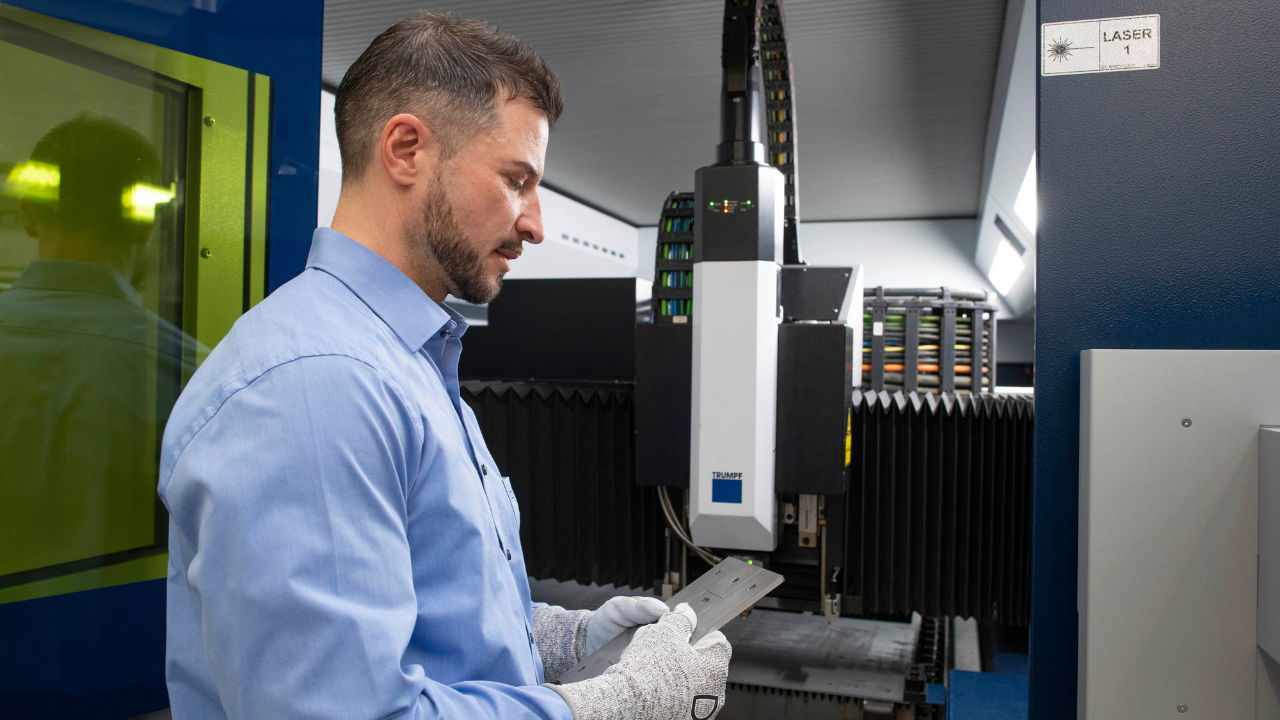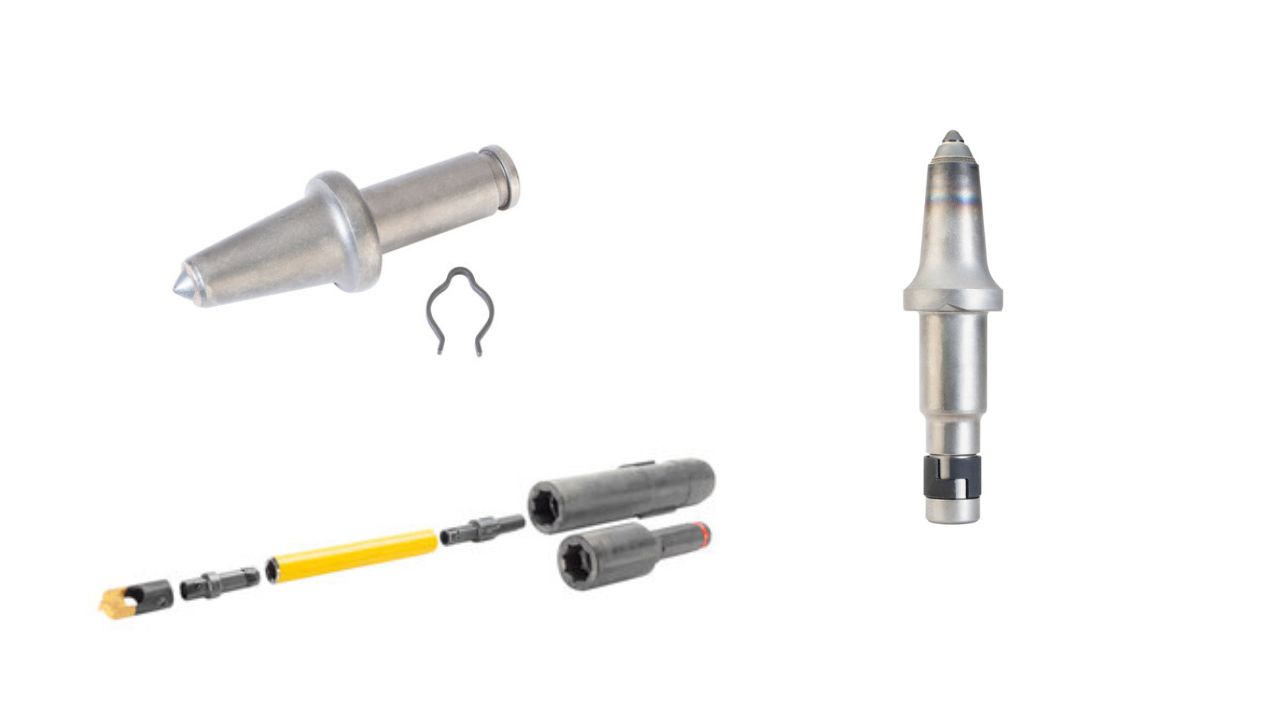Trumpf to showcase a new laser-cutting technique that minimizes material waste
#Trumpf #LaserCutting #NanoJointNano joints reduce costs and material usage by allowing users to nest parts closer together and minimize how much metal remains in the skeleton.

April 2022 : Trumpf will be showcasing a new laser-cutting technique at its INTECH in-house trade show, which will be held from May 17 to 20, 2022. Offering improved efficiency and even more reliable processing, the “nano joint” method holds parts in place using tiny supporting tabs that are created at points where the laser does not cut all the way through the sheet. These tiny tabs, or nano joints, prevent the metal from shifting or tipping while the laser is cutting parts. “By using our nano joint technology, users can improve the reliability of their laser-cutting process and make several of the steps in the process more efficient. It’s a great example of how Trumpf’s expertise covers the entire sheet-metal process chain. Whatever your needs, Trumpf has the solutions to make your production even more efficient!” says Trumpf product manager Patrick Schüle. Nano joints reduce costs and material usage by allowing users to nest parts closer together and minimize how much metal remains in the skeleton. Depending on the shape of the specific parts, users may even be able to nest parts in a way that eliminates raw material waste completely. Nano joints also make it quicker and easier for workers to break parts out of the nest. Trumpf offers nano joint technology on its TruLaser 5000 fiber, TruLaser 3000 fiber and TruLaser 1000 fiber series machines. The technology can be retrofitted to existing machines by means of a software update.
Higher process speed, less post-processing: Currently, fabricators typically hold cut parts in place during laser cutting using tabs known as “micro joints”. Workers then break these tabs when they remove the parts from the nest. Trumpf’s nano joints have many advantages over conventional micro joints. They speed up the process because it is so much faster to produce tiny retaining points rather than conventional micro tabs during cutting. They also allow the operator to break parts free from the nest with much less effort. This saves time and makes life easier for workers. In most cases, nano joints also completely eliminate the need for finishing work, since the mark they leave when the parts are broken free from the nest is barely visible. In contrast, micro joints leave much more obvious contour damage which subsequently has to be manually corrected by production staff.
NEWSLETTER
TRENDING ON PRO MFG
MORE FROM THE SECTION









